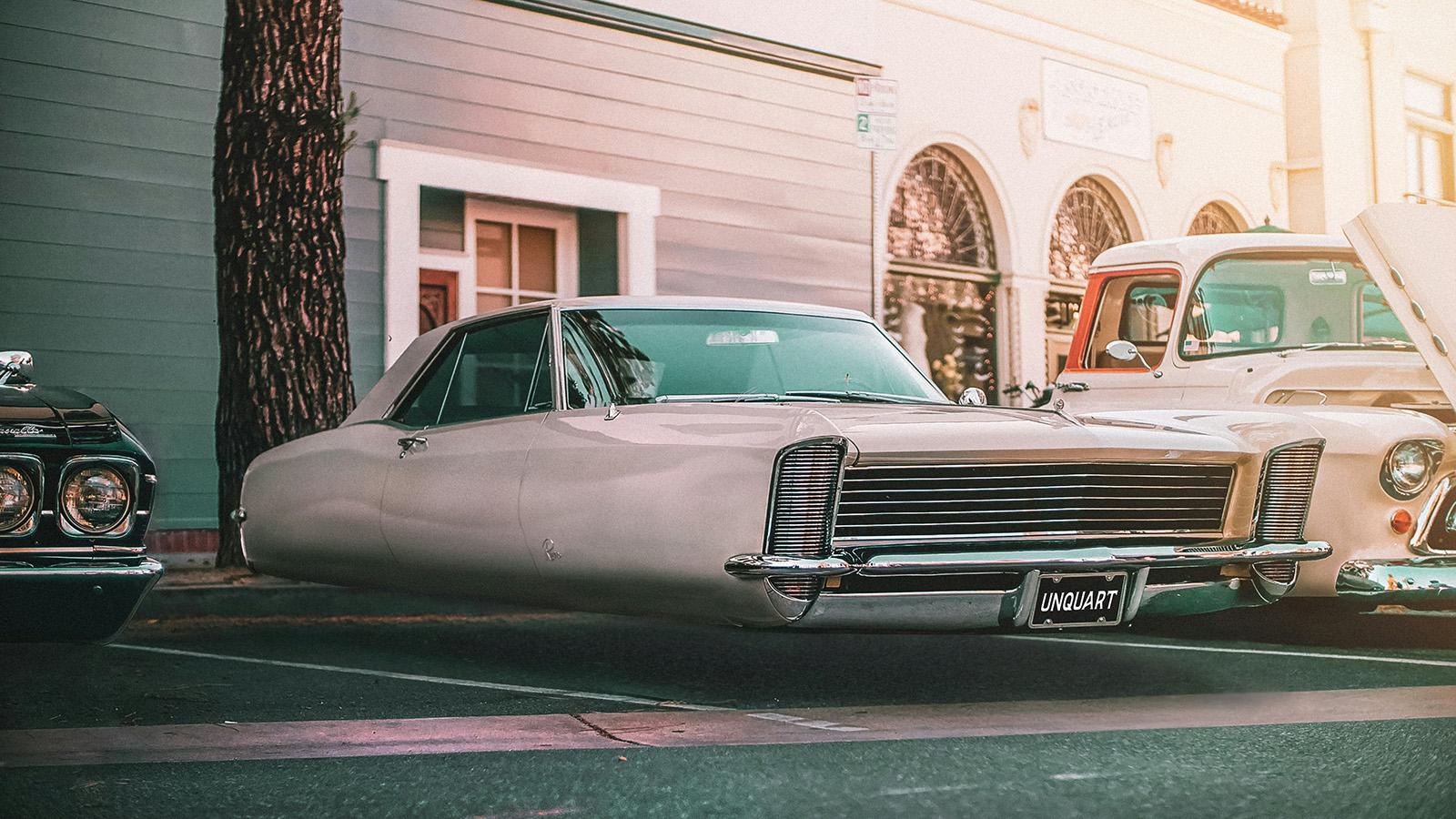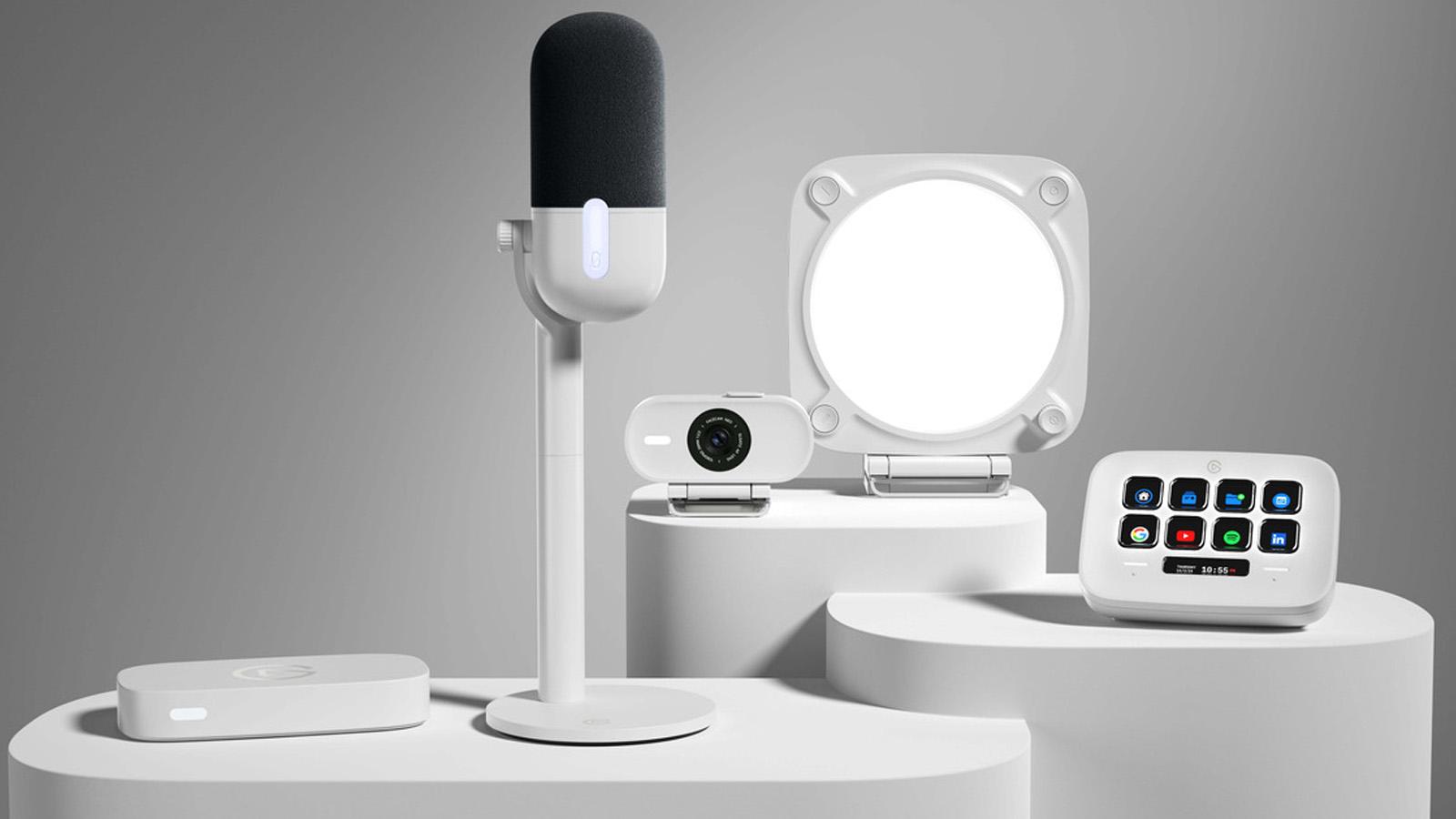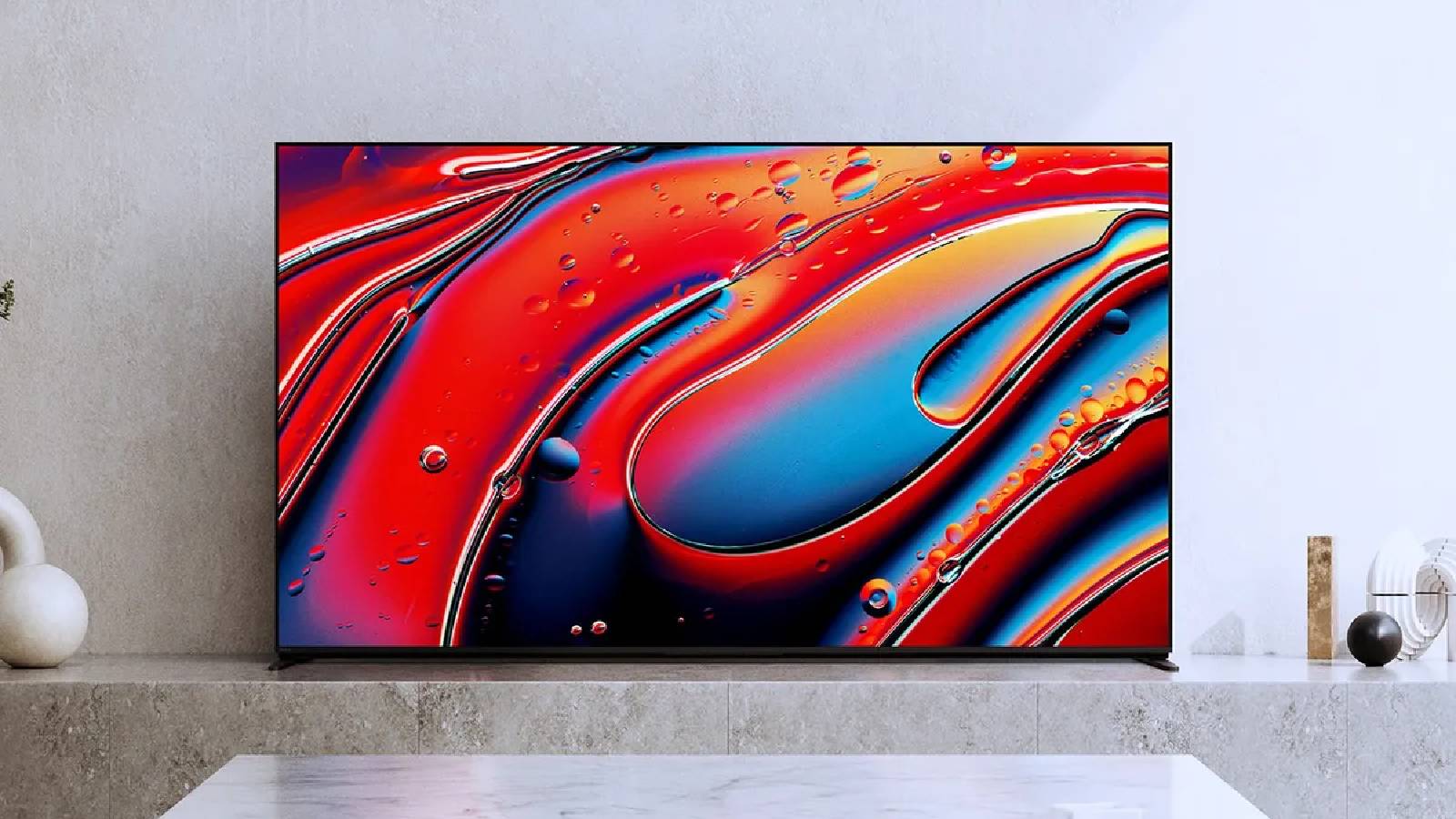Roccat Vulcan II Mini keyboard review: Intriguing proposition, irritating execution
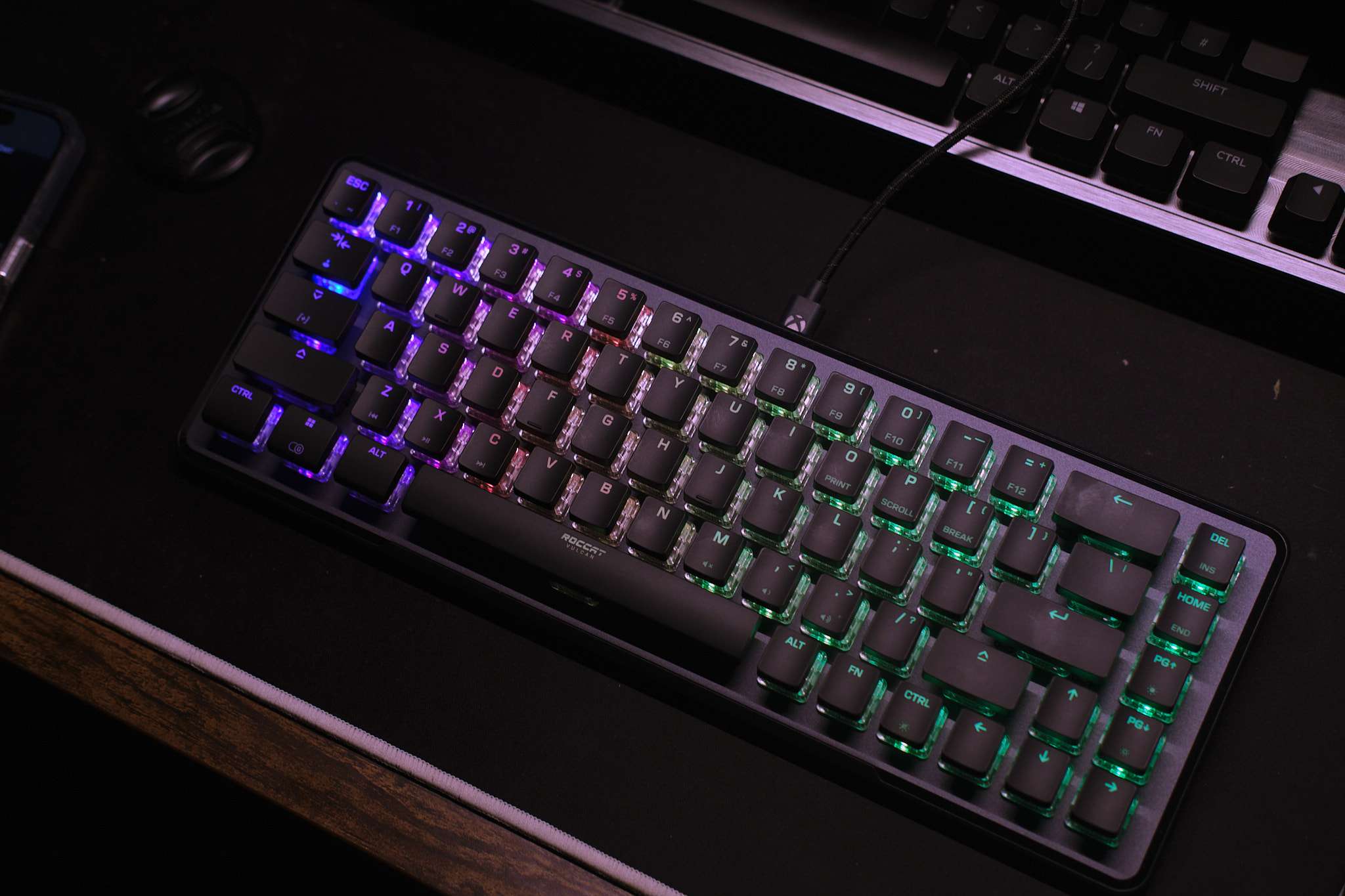 Dexerto
DexertoA shrunk-down version of one of Roccat’s popular keyboards, it doesn’t impress, but also feels like a weird step in a new direction.
Smaller gaming keyboards come with various caveats you’re required to make while using one can alter how you use a computer. The Roccat Vulcan II Mini’s form factor means that it could change how you use your PC day-to-day, outside of gaming. But, can this curious-looking gaming keyboard keep up with the likes of Higround and Wooting?
Key specs
- Switch type: TITAN II Optical Red
- Keycaps: 1.5mm thick PBT Dye-Sub
- Connectivity: Wired
- Form factor: 65%
- Lighting: LED RGB
- Price: $149.99
- Where to buy: Amazon US
Included in the box: USB-C cable, Roccat Vulcan II Mini
Design & Features
The slim, 65% size eliminates the function keys from the top, and merges the arrow, delete, and its friends into a uniform area. Relying on the Fn key to access what is usually a quick stretch of the index finger is a change that we never really got accustomed to with the Vulcan II Mini.
The Roccat sits in a weird spot design-wise. While it’s clear we’ve liked 65% keyboards in the past, the difference here is that Roccat has fitted the Vulcan II Mini with these flat-top, laptop-esque keycaps that consistently feel weird to use.
Keycaps
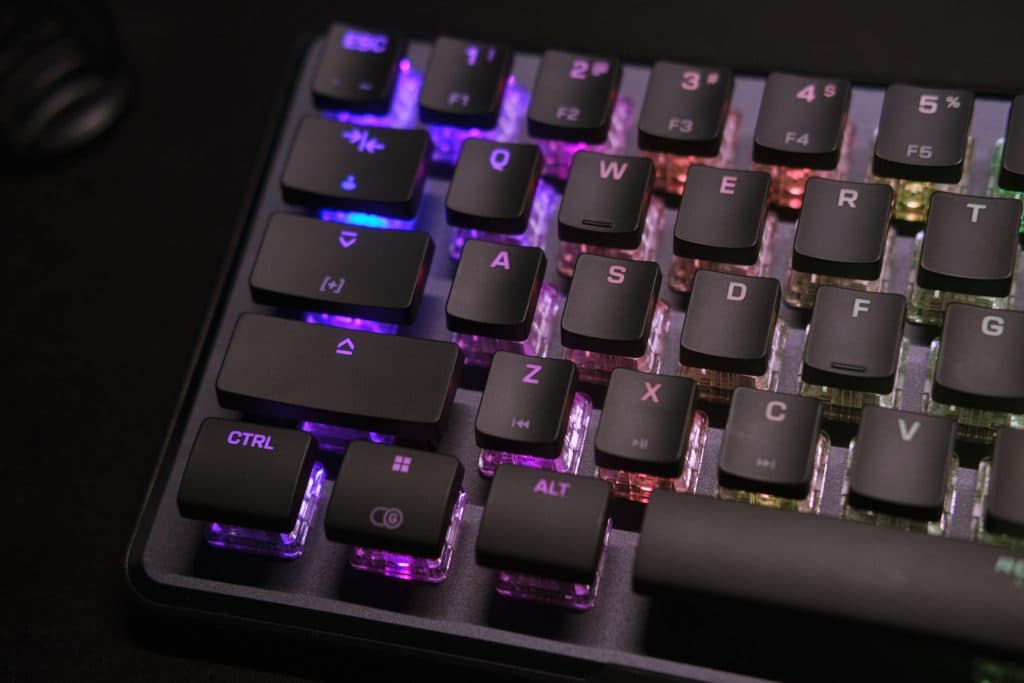 Dexerto
DexertoComing from a wider, meatier keyboard and a MacBook Pro keyboard, having the actual physical keycaps scrape alongside the finger during the early hours of use wasn’t the most pleasant thing in the world.
Roccat seemingly is advertising this keyboard as the baseline. Their box and website point out that the keycaps can be replaced with your chosen favorites, which is fine. However, when the only keycaps available to us were from a pair of superior keyboards, we eventually gave in to swapping them over.
The act of swapping is easy, but brutal at the same time. Ripping them off one by one to slot on a keycap that still felt wrong in its placement was a little strange. It seems as though Roccat is also insistent on their major advertised feature for the Vulcan II Mini, is the LED lights, not any fancy tech.
RGBuzz off
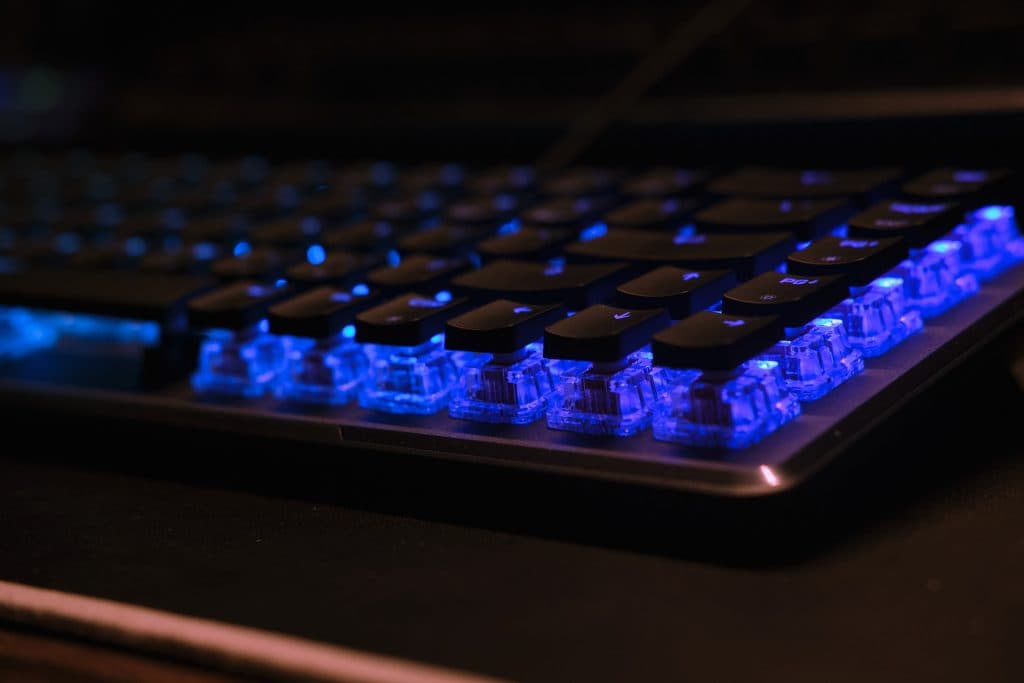 Dexerto
DexertoTo say it’s an underwhelming thing to partially hinge on a product is an understatement. These lights, once you’re done futzing around with the Roccat Swarm software, didn’t impress. While the inclusion of the lights indicating what key was in use certainly became helpful over time, the fact is we turned them off.
RGB is everywhere. It’s an inescapable part of being someone who reviews keyboards and gaming peripherals. It’s also an incredibly irritating thing to be in a semi-lit room at 9 PM, and be discombobulated by a keyboard holding a minor rave.
If you don’t decide to swap the keycaps – something that will sear your eyes during a late night or early morning session. The bottom half of the key is entirely uncovered, meaning that the light just escapes into the abyss of the night, leaving us just outright annoyed.
The proposition rears its head
Roccat is onto something by supplying what only niche or custom keyboard manufacturers provide. A major company offering a fairly decent base for budding enthusiasts to customize to their preference is really cool to see. However, the included keycaps are a constant issue and it shouldn’t be the case if the base is still $150.
For the price, Roccat should have included alternate keycaps inside. Out of the box, it’s just an uncomfortable experience.
Typing experience
With a quick actuation and great feeling keys – despite the included caps – the Roccat is just fine to type on. It does nothing notable, with the optical switches providing a generally good experience while tapping out a few articles.
Outside of typing, and leaning more into the creative side of things, 65% is just too small. A lot of functions that we’d use throughout the day were now relegated to key combinations that made working on it a bit of a chore. However, even while gaming, we found the size to be a little bit on the divisive side. Though, this is a wholly personal preference, as 60% and 65% form-factors are becoming increasingly popular.
Is it good for gaming?
Outside of the usual fair of gaming tests, we thought it’d only be fair to put the Roccat up against something it’d rarely be considered for.
While playing MMOs like RuneScape, we found that the point-and-click adventure style of its Old School variation provided a comfortable experience.
Jumping over to something like FFXIV, or even World of Warcraft, proved that this keyboard is not intended for games as deep as needing particular macros assigned to keys that were eliminated.
However, in things like our usual stomping grounds of Destiny 2, CS:GO, and a few retro FPS games, we found it to be more than satisfactory. The quick 1000Hz polling rate, small travel distance, and actuation all assisted better in faster-paced, moment-to-moment games.
Should you buy it?
The Roccat Vulcan II is a board that’s too expensive, compared to competitors like the Mountain Everest 60, which packs in more features, at a much more competitive price. Compared to the likes of that, having replaceable keycaps and shiny RGB isn’t exactly a stellar proposition.
The extra legwork to get this thing into a state of submissiveness, with its garish RGB was too much to recommend, but for the person that wants an easy board to begin their custom keyboard journey with, there are simply better, more versatile options in the market than this.
5/10
If you click on a product link on this page we may earn a small affiliate commission.
